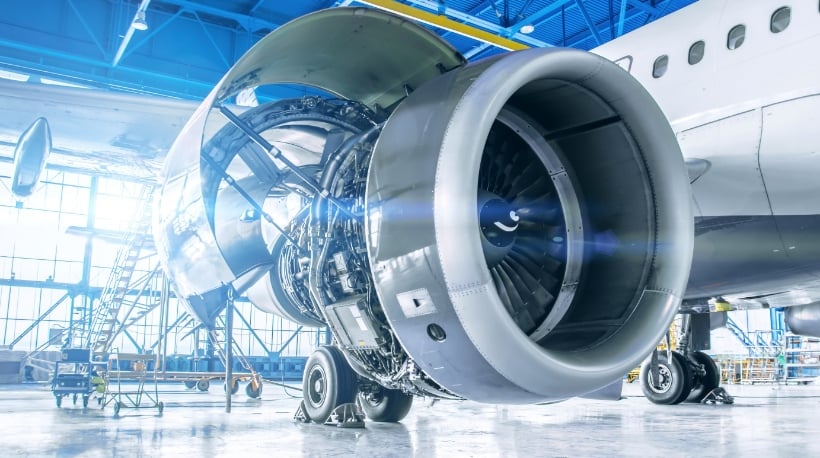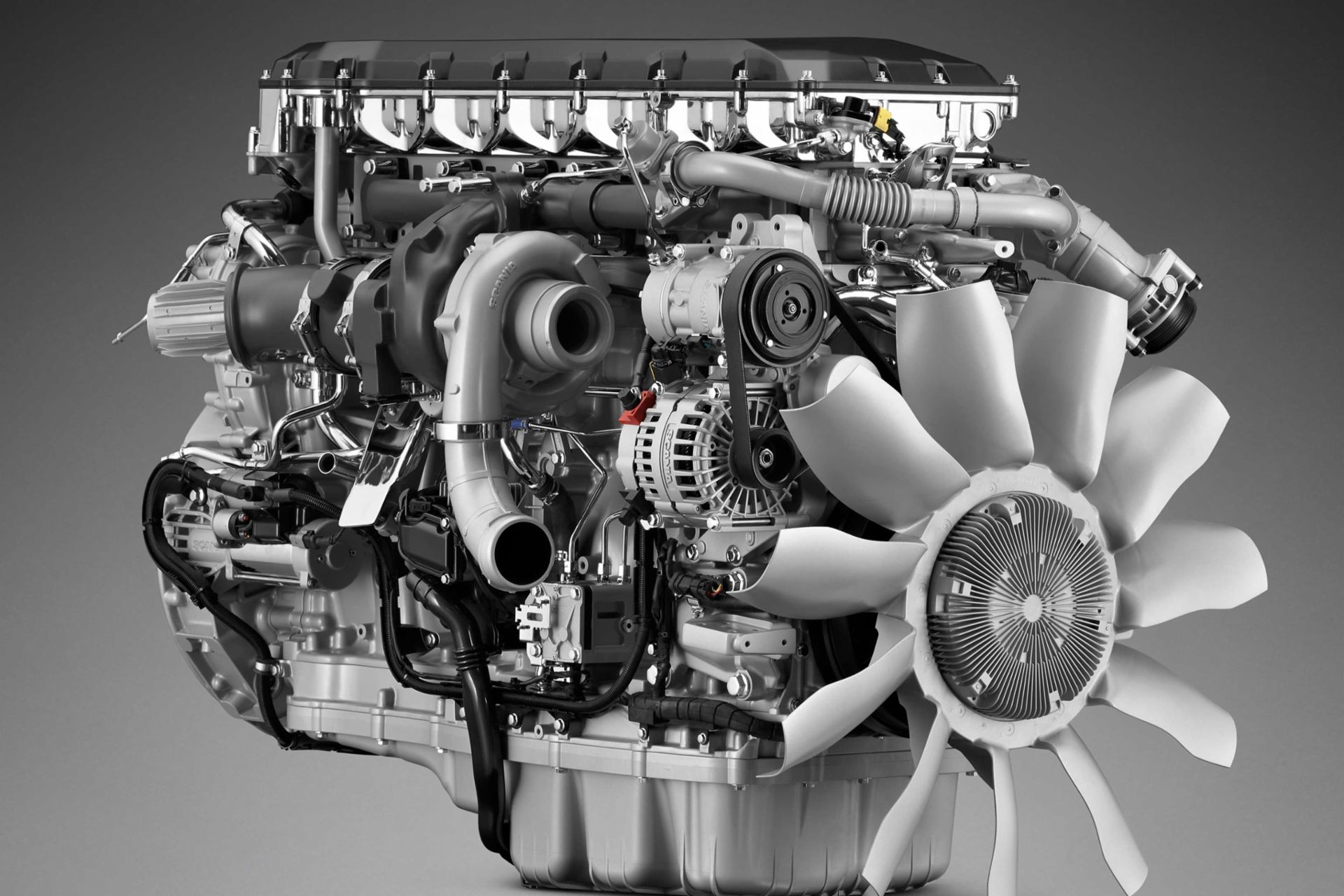The Quest for Ultimate Driving Power: Examining the Pinnacle of Engine Performance and Technological Advancements in the Automotive Industry
In the world of automobile design, the pursuit of optimum driving power has actually been a ruthless pursuit that has actually unfolded via the development of engine layout and the combination of cutting-edge technologies. From the meticulous craftsmanship of combustion engines to the fast advancements in electrical propulsion systems, the automobile sector stands at the cusp of a brand-new age defined by unprecedented efficiency abilities. As designers and scientists dig deeper into the worlds of computational liquid characteristics and explore innovative gas modern technologies, the perspective of possibilities increases greatly. Stay tuned as we untangle the detailed tapestry of technical advancements that are shaping the future of auto power and efficiency.
Development of Engine Layout

Additionally, the assimilation of turbocharging and supercharging technologies has reinvented engine layout by increasing power without dramatically increasing engine size. These forced induction systems press the intake air, enabling even more fuel to be ignited, thereby producing better power output from a smaller engine. This improvement has been especially important in improving the efficiency of smaller sized variation engines while preserving gas performance criteria.

Performance-Enhancing Fuel Technologies
The implementation of sophisticated gas technologies has considerably added to boosting engine performance in modern-day cars. From typical fuel and diesel to cutting-edge biofuels, artificial gas, and hydrogen, the automobile market is experiencing a transformation in gas choices. Biofuels, originated from sustainable sources like corn, sugarcane, or algae, deal improved and minimized discharges engine effectiveness. Artificial gas, generated with chemical procedures, give high octane ratings, boosting power result. Hydrogen gas cells, although still in the beginning of fostering, reveal excellent guarantee because of their zero-emission nature and potential for high efficiency. Furthermore, fuel additives and detergents are being developed to clean engine elements, optimize burning, and lower friction, consequently boosting total car performance. With recurring r & d, the quest for the ultimate driving power proceeds, as designers strive to unlock the complete possibility of performance-enhancing fuel technologies in the auto industry.
Developments in Electric Propulsion
Substantial strides in electric propulsion innovation have actually revolutionized the auto industry, leading the way for a new period of lasting and efficient transportation. Electric vehicles (EVs) are getting appeal due to their environmental advantages and improvements in battery modern technology, enabling longer driving varieties and much shorter charging times. Makers are investing heavily in research and advancement to improve the efficiency of electric propulsion systems, focusing on raising power outcome, enhancing power efficiency, and lowering general weight.
One notable advancement in electrical propulsion is the advancement of innovative electrical motors that provide higher torque and power density, leading to boosted velocity and overall driving performance. Furthermore, regenerative braking systems have actually been refined to keep and capture power during slowdown, additional increasing the efficiency of EVs.
Moreover, the combination of smart technologies, such as expert system and predictive analytics, is maximizing the management of electrical propulsion systems, making certain ideal performance under various driving problems. These advancements in electrical propulsion are reshaping the automotive landscape, driving the sector towards an extra sustainable and energized future.
Effect of Computational Fluid Characteristics
With developments in electrical propulsion pressing the boundaries of automotive technology, the combination of Computational Fluid Characteristics is playing a critical function in optimizing wind resistant performance and boosting overall efficiency in you could try this out automobile style. Computational Liquid Dynamics (CFD) includes making use of computer simulations to evaluate the circulation of air around a vehicle, enabling engineers to predict just how design adjustments will influence aerodynamics without the requirement for expensive physical models. By accurately modeling air movement patterns, CFD enables the improvement of car shapes to reduce drag, enhance cooling, and improve stability.
CFD enables engineers to maximize air movement around elements such as radiators, engine bays, and wheel wells, adding to boosted performance and total driving experience. In conclusion, the assimilation of Computational Liquid Characteristics stands for a significant step ahead in the mission for ultimate driving power and efficiency in the auto sector.
Future Patterns in Engine Development
In the vibrant landscape of automobile design, innovative developments are shaping the future trajectory of engine development. The future of engine style is noted by a strong focus on effectiveness, sustainability, and efficiency. Producers are significantly concentrating on developing engines that not only supply high power outcomes yet likewise focus on environmental obligation by boosting and minimizing emissions fuel performance.
One famous trend in engine advancement is the increase of electrification. Crossbreed and electric powertrains are gaining grip as practical alternatives to traditional combustion engines. These technologies provide the possibility for substantial reductions in carbon exhausts and raised power effectiveness, aligning with international efforts to battle environment change.
In addition, improvements in materials scientific research i thought about this and manufacturing strategies are allowing the production of lighter and a lot more durable engine elements. This change in the direction of light-weight products such as carbon fiber and light weight aluminum alloys contributes to improved performance and fuel economic situation.
Conclusion
Finally, the pursuit of utmost driving power in the automobile sector proceeds to drive improvements in engine layout, gas technologies, electrical propulsion, and computational fluid characteristics. The advancement of these technologies is forming the future of engine advancement, leading the way for more reliable and powerful cars (engines for africa). As the sector remains to push the important link boundaries of what is possible, we can anticipate to see much more cutting-edge developments in the quest for peak performance
One of the essential turning points in engine design advancement is the shift from traditional carbureted engines to modern-day fuel-injected systems. By exactly metering the fuel distribution to each cyndrical tube, fuel-injected engines enhance combustion, resulting in far better performance and reduced environmental influence.
Additionally, the combination of turbocharging and supercharging modern technologies has transformed engine design by improving power without considerably increasing engine size (engines for africa).The execution of advanced fuel innovations has actually considerably added to improving engine efficiency in modern-day cars. Additionally, gas ingredients and cleaning agents are being developed to clean engine elements, optimize combustion, and reduce friction, thereby enhancing total car performance